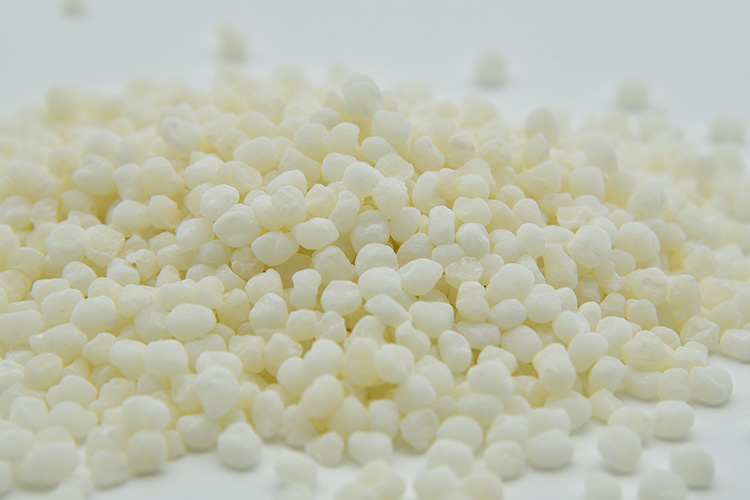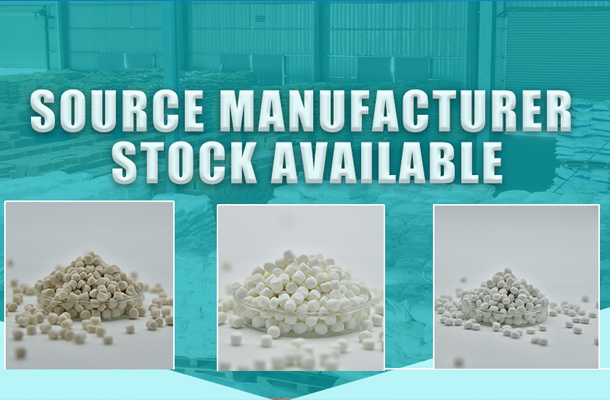Rubber accelerators, also known as rubber vulcanization accelerators, are chemical additives used in the rubber manufacturing process to hasten the vulcanization or curing of rubber. Vulcanization is the transformation of rubber into a more durable and elastic material typically involving the use of sulfur. However, the direct reaction between sulfur and rubber is sluggish; hence, rubber accelerators are introduced to accelerate this chemical reaction, thereby reducing processing time, potentially allowing for lower curing temperatures, and ensuring the vulcanized rubber possesses the required physical properties.
Types of Rubber Accelerators include:
- Thiazoles: Known for their good scorch safety and widely used in various rubber goods.
- Thioureas/Thiurams: Characterized by their ability to act as primary or secondary accelerators, enhancing crosslink density in the rubber matrix.
- Sulfenamides: Provide excellent delaying action and are often used in combination with other accelerators for improved performance.
- Guards (Guanidines): Known for their high activity and suitability in applications requiring rapid cure rates.
- Dithiocarbamates: Versatile accelerators that can function under a wide range of curing conditions.
- Aldehyde-amines: Used primarily in EPDM and other specialty elastomers due to their unique reactivity.
- Xanthates: Less commonly used nowadays but historically significant for their ability to provide special properties to the cured rubber.
- Thioureas: Function both as accelerators and antioxidants in certain rubber formulations.
Each category encompasses various products with distinct chemical structures and performance characteristics tailored to different rubber products and vulcanization conditions.








